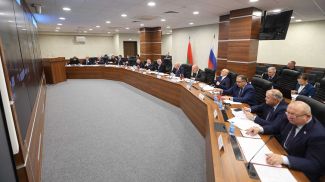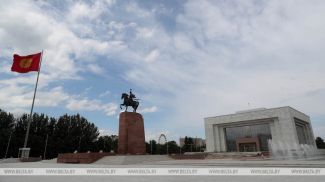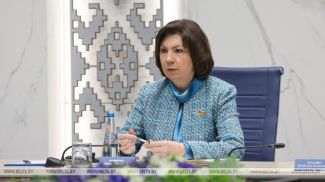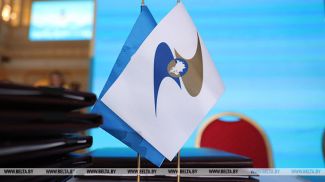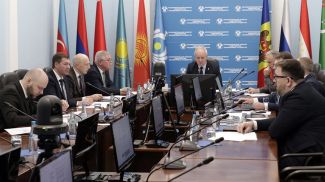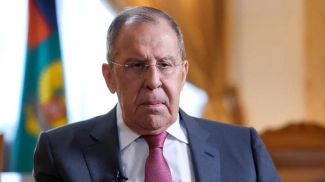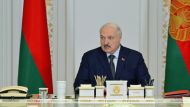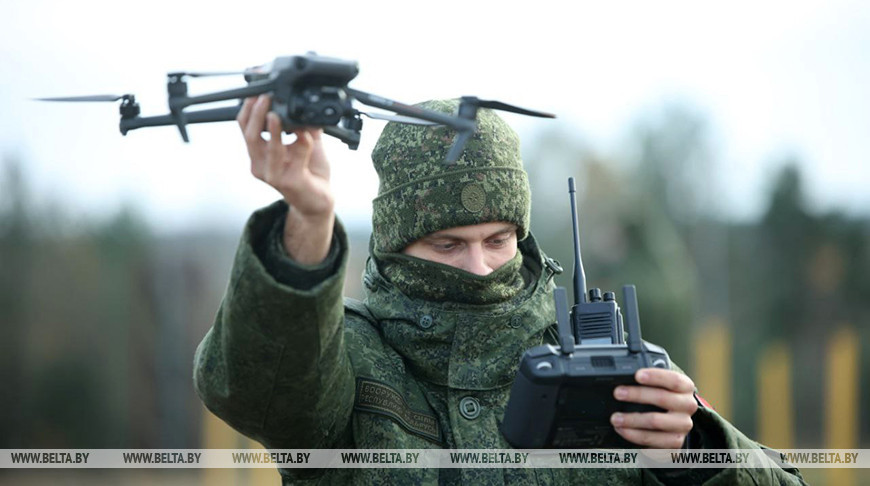
Photo courtesy of the Belarusian Defense Ministry's news agency Vayar
MINSK, 30 October (BelTA) – This year, training facilities designed to equip troops with skills for countering unmanned aerial vehicles (UAVs) have been completed at nearly all Belarusian training grounds, said Vladimir Bely, Chief of the Central Office for Combat Training of the Armed Forces of Belarus, the Belarusian Defense Ministry’s press service told BelTA.
At the training ground of the 19th Separate Guards Mechanized Brigade, a combat training assembly is being held. Officers from combat training directorates were introduced to the latest methods of preparing personnel for modern warfare. Key topics included the employment of and countermeasures against UAVs, tactical medicine, and combat operations in both urban and forested environments.
Vladimir Bely noted that the assembly brought together precisely those categories of officers responsible for directing and planning combat training. “These include deputy commanders, heads of combat training departments, deputy regimental and brigade commanders, battalion commanders and their deputies. It is the quality and competence of these officials that determine the success of military units and subunits,” he explained.
Vladimir Bely emphasized that the distinctive feature of this assembly was its focus on countering UAVs of various scales and types. “We have developed our own system, drawing on the experience of modern armed conflicts. This year, at almost all training grounds, we completed the creation of training infrastructure that enables us to teach the troops these very skills,” he concluded.
At the training ground of the 19th Separate Guards Mechanized Brigade, a combat training assembly is being held. Officers from combat training directorates were introduced to the latest methods of preparing personnel for modern warfare. Key topics included the employment of and countermeasures against UAVs, tactical medicine, and combat operations in both urban and forested environments.
Vladimir Bely noted that the assembly brought together precisely those categories of officers responsible for directing and planning combat training. “These include deputy commanders, heads of combat training departments, deputy regimental and brigade commanders, battalion commanders and their deputies. It is the quality and competence of these officials that determine the success of military units and subunits,” he explained.
Vladimir Bely emphasized that the distinctive feature of this assembly was its focus on countering UAVs of various scales and types. “We have developed our own system, drawing on the experience of modern armed conflicts. This year, at almost all training grounds, we completed the creation of training infrastructure that enables us to teach the troops these very skills,” he concluded.




